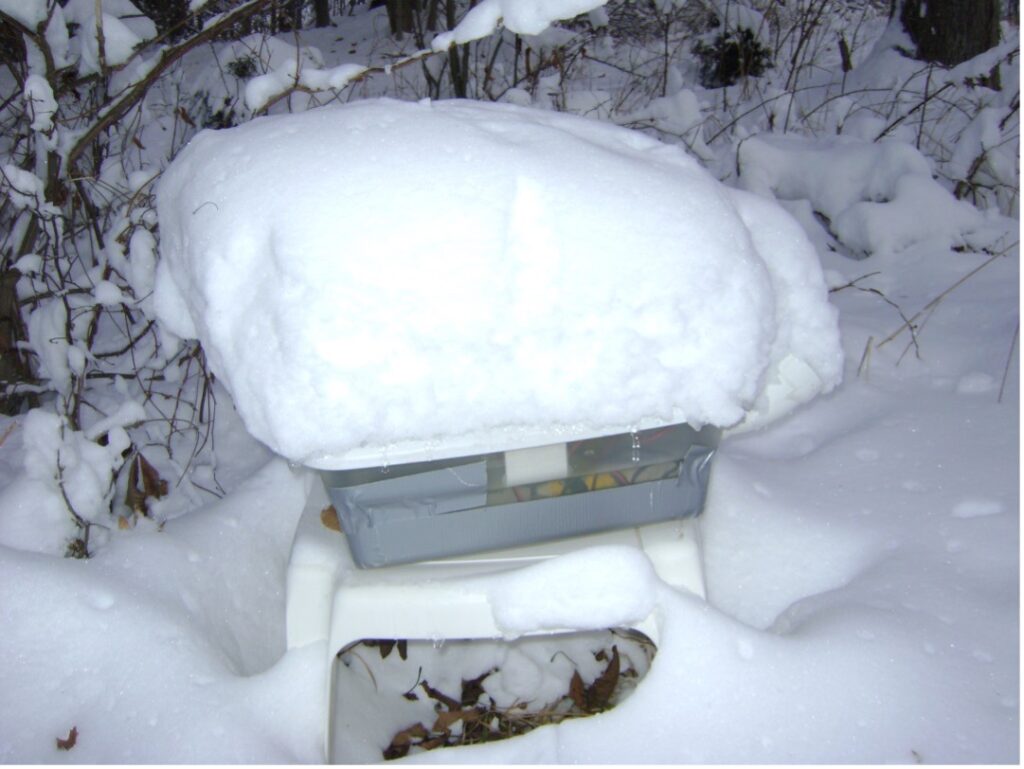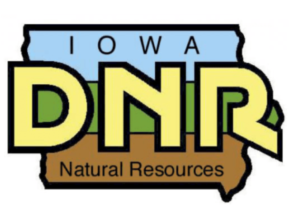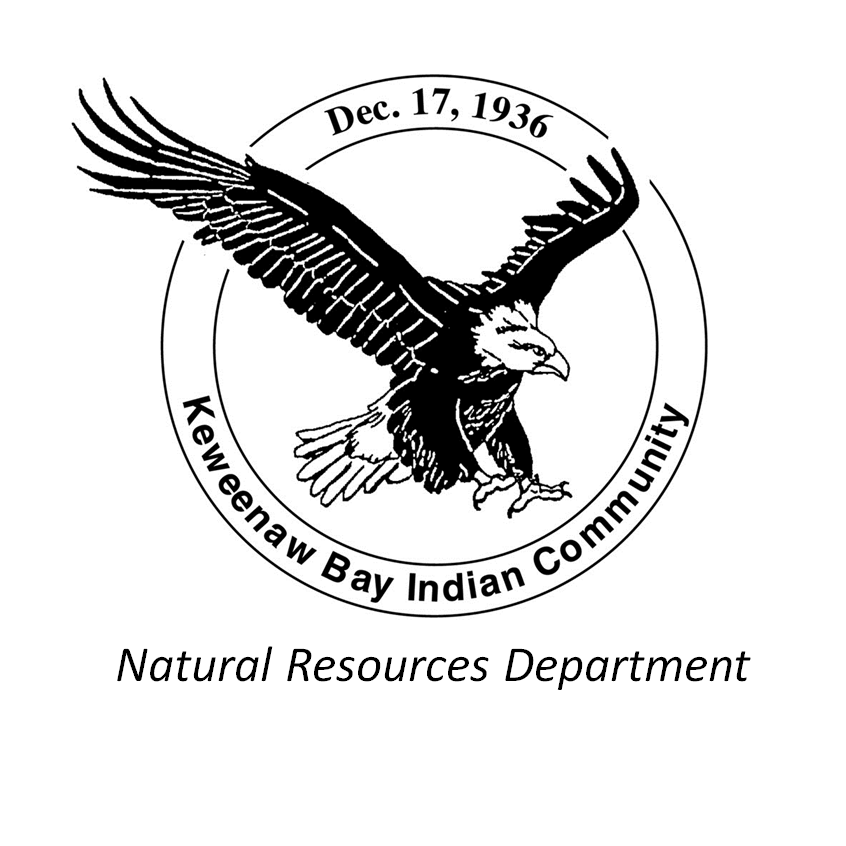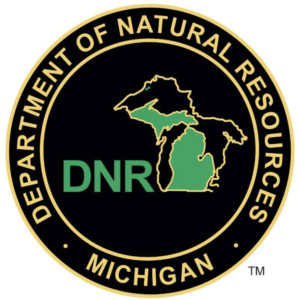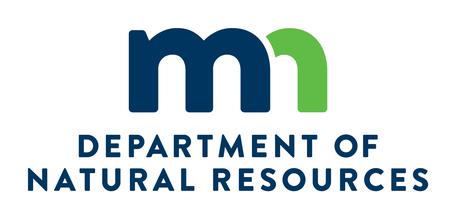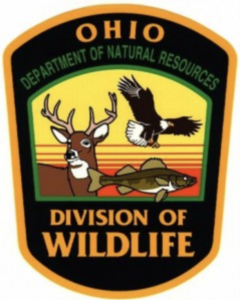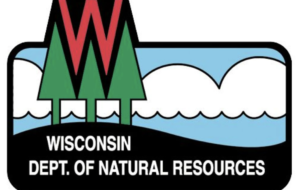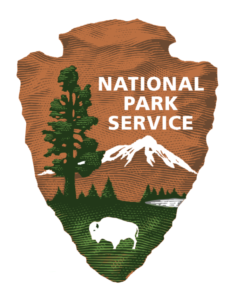Bat Stories from Midwest Bat Hub Partners
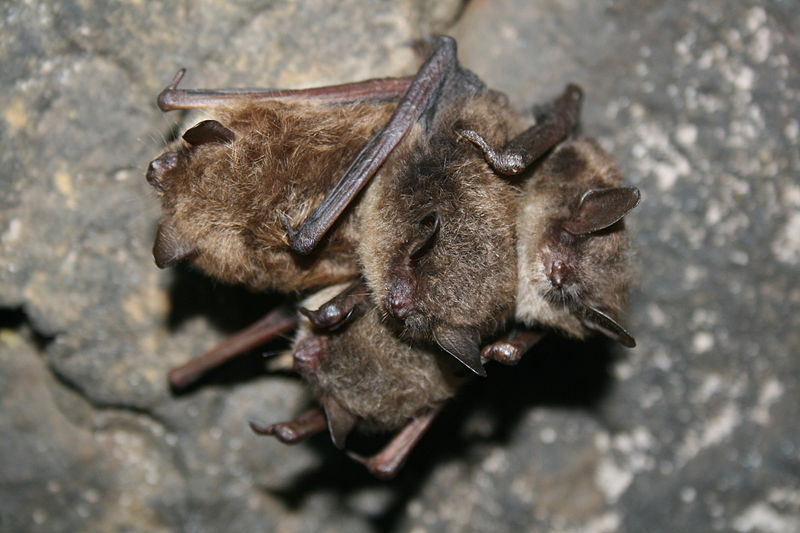
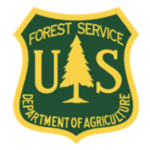
Winter acoustic monitoring
Mark Vukovich, USFS
North American bats may be active during the winter months at hibernacula, particularly on warmer winter nights. My objective is to monitor bat activity via acoustic detectors (Anabat Express, SM4-Bat) at various hibernacula located in southern Illinois during the winter months. I deployed acoustic detectors on posts and by attachment to live trees along with one remote temperature sensor near hibernacula entrances (< 20 m). Acoustic detectors are checked every 1 to 2 weeks to change batteries or SD cards. A plethora of analyses may be used to compare bat activity among different types (caves, mines) and sizes of hibernacula, bat species composition in hibernacula, disease prevalence (WNS) at hibernacula, and temperature and weather changes over time. Knowledge of bat activity patterns through long-term datasets may provide important insights into behavior and survival of North American bats.
Best practices
- Change batteries in detectors before severe inclement weather patterns.
- At hibernacula that have higher public visitation, deploy acoustic detectors at least 12 ft or higher and attach to a live tree, and be discreet.
- Waterproof the microphones for all Anabat Express.
- Combine winter acoustic data with periodic observations at hibernacula with thermal image cameras to count and estimate the number of bats flying out of hibernacula.
Indiana’s Transition to NABat
Brad Westrich, IN DNR
The Indiana DNR initiated a mobile acoustic survey program in 2011 as a means to monitor summer populations of bats impacted by WNS. The scale of data collection was set at the county level, and approximately 75% of Indiana’s counties were surveyed annually over the course of 9 years. This was possible with the assistance of a few dozen (paid) volunteers scattered across the state. In 2019 the Indiana DNR became more involved with NABat and decided to attempt a full transition to NABat protocol by 2020. A goal was set to survey the highest 2-4% of GRTS that were within our capabilities to safely survey. After a complete overhaul of our survey protocol, establishment of new mobile transects, and volunteer re-training, 39/1027 GRTS were surveyed (3.78%) in 2020 ; of which 31 and 2 GRTS were within the top 5% and 10%, respectively, of ranked GRTS (3.2% of highest priority GRTS). There were challenges and obstacles exacerbated by the COVID-19 pandemic that we will try to overcome in the summer of 2021 when we attempt to increase our total GRTS surveyed to 4-5%.
Two factors helped our implementation greatly: Stewardship Agreements and complete transparency. Stewardship Agreements enable our volunteers to be reimbursed for a small amount of their time and milage- nothing to live off of, but perhaps it provides incentive for quality work. Next, we knew the transition to NABat protocol would have plenty of hang-ups or otherwise be confusing for everyone. To help resolve this we were completely transparent with our surveyors- they knew the old protocol was scrapped, the new protocol was being built that year, we provided a means for contacting us at any time to help with any problem, and we sought feedback regularly via surveys to see what worked and what needed improvement. In the end, our surveyors wanted to know if they could conduct more routes or set up stationary detectors in 2021.
The greatest obstacle we encountered was finding property on which we could install stationary detectors. As mentioned earlier, the pandemic hampered our ability to go door-to-door so we relied on public properties to deploy these stationary detectors. Because of this limitation we did not fully survey every GRTS (mobile transects plus stationary transects). However, through coordinating with DNR private lands biologists we were able to find some land-owners with property suitable for our needs moving forward. There is still room to improve though and this will remain a limitation of Indiana’s ability to fulfill NABat protocols.


Winter acoustic monitoring
Robert Arndt
Winter acoustic monitoring is a new and emerging focus for bat research and conservation programs across North America due to the impact of White-nose Syndrome. This type of monitoring is extremely valuable so we can learn more about their preferences, behavior, and requirements during winter hibernation. This can in turn inform conservation decisions by land managers. Below I outline the methods from our recent publication (Arndt and Lima 2020):
- Detector types: Anabat 2 with Zcaim. However, any programmable acoustic recorder with some kind of weatherproofing can be used.
- Microphones: Basic stainless steel microphone used.
- Memory: 8 – 16GB SD memory card. Larger storage space will reduce frequency of site visits.
- Power: 18 – 26Ah lead-acid battery. Rechargeable AA batteries can be used, but will increase the number of site visits required to reduce loss of data.
- Variability among detectors: In order to compare sites to each other, calibration is needed among detectors. Our method used a high-frequency dog training device that was deployed a specific distance from the detectors. Each detectors sensitivity was adjusted down (on a scale of 1 – 10) until the sound was completely gone. This provides a basis to compare acoustics recorded with each detector.
- Habitat type: Forest edges facing open fields
- Timing: November – March.
